Shrewsburys Flax Mill is what some explorers would describe as a Holy Grail. At least, in this day and age.
Back in the day, people snuck in as and when it pleased them and as the building grew more and more dangerous, the security was increased. It now has 24 hour security, along with razor wire, and rumour has it, dogs.
The Flax Mill itself is gigantic and of historic significance as the first iron framed building in the world, making it the predecessor of skyscrapers. The building dates back to 1796 and was built for the industrialist and MP from Leeds, John Marshall, along with Thomas and Benjamin Benyon. The architect was also a partner in the venture, although this partnership dissolved in 1804. While John Marshall kept the Flax Mill, his former partners built the Castle Fields Mill closer to Shrewsbury town center.
Conveniently for business, the mills were built close to the now-gone Shrewsbury Canal.
Now, I didn't know about the Castle Fields Mill until I went to a house viewing in Castle Fields and found out that this house had once been part of the mill, even though the main thing was demolished in 1837.
Since the tenant was still there and I have strict rules against imposing on residential properties during my addiction, I have no photos of the awesome house itself. However, they did let me photograph the cellar. And what a cellar that was!
But back to THE Flax Mill... This massive building ceased being a Flax Mill in 1886, and became a Maltings until it was closed in 1987.
I have been trying to find a way in ever since I came to Shrewsbury in 2010.
All my attempts failed.
However, at a recent book launch for the book "Behind Closed Doors" which is about Shrewsbury in 2013 and features a segment on its mysterious explorer, a gentleman handed me a leaflet for an open day at the Flax Mill with guided tours and a chance to get to the tower.
Now, this might seem like a disappointment since I tend to gain access to restricted places, but trust me, some parts of the Flax Mill were not on the tour and that didn't stop me getting to them.
It was behind the doors with "No Entry" written that I found the best parts...
But please note, I explore with a strict policy of leaving everything as it was, not vandalizing or stealing, and not exploring or violating any residential properties, nor do I ever force entry, merely utilize existing openings. Any entry on the blog that does detail a means of access does so under the assumption that the means of access can no longer be reached. Never would we reveal an existing opening over the internet, for fear of negative consequences against the property.
In this instance, I feel almost guilty. The staff at the Flax Mill were all very lovely, and I feel almost like I betrayed them by sneaking into the places I wasn't meant to access. I want you all to realize that I did so at my own risk- these places were out of bounds for a reason, and as you'll see from my photographs these areas were unsafe and dangerous. I do not condone any mimicry of my actions.
Click a picture to see it big!
I'll start with this little area. The funny thing is, I did once get to this area one night some years ago while trying to access the Flax Mill. I climbed over the brick wall, from the bramble bushes on the other side, eager to finally have found a way in. However, I found myself faced with this massive wall in front of the scaffolding, the walkway back to the front of the Flax Mill which I knew had guards, and this hole in the wall, which I knew would be noisy and awkward to get through. Likewise, a wall run and grab at the scaffolding would also be noisy. Scaffolding is not designed for stealth. So the effort was aborted, and on this day I took a look around to marvel at how close yet so far I'd been to getting into the Flax Mill on that night.
As I moved around the exterior of the Flax Mill, I noted several places that were off-limits, like the cellar, and this box sticking out from the building... I never found the means to access these bits, and given how dilapidated it all is, I'm probably better off that way...
I made my way around the exterior...
I bet whoever wrote that graffiti is glad they got it there before the stairs were taken away.
Here we have an exterior doorway to a locked cellar. Unfortunately very much of the Flax Mill was left unexplored.
However, this warehouse was not on any tour, but it was open. At the back, there was a doorway with barricades around it... I would return...
In the meantime, I discovered this totally off-limits stairway that led up into a pitch-black warehouse that I eagerly explored, using only the camera flash to find my way.
Having explored this particular building I then headed for the main mill, and ultimately to the tower. All the while admiring the architecture.
Apparently this area was No Entry due to bats living in the roof. I didn't see any but would have loved to photograph them.
Bricked up doorways like this always intrigue me.
And here we have the roof, wrapped in scaffolding in a similar manner to the Music Hall when I first explored that. It was awesome to see.
The tower staircase was old and rickety, but well worth the risk.
The tower was also full of this machinery, which was awesome. But it paled in comparison to the view. From the top of the Flax Mill, various other Shrewsbury landmarks were visible, such as the Clocktower, St Chads, and Lord Hill Column.
Above- A view of Shrewsbury.
Above- A close up of Lord Hill Column.
The two photos below are the remains of Shrewsbury canal.
Back inside, I found this rickety staircase that was blocked up. I was tempted to climb it anyway but then I stuck my head through a hole in the wall and realized there would be quite a drop if the stairs collapsed under me...
I decided to explore some of the safer parts of the building.
Now quite frankly, I found this No Entry sign far too teasing. Beyond this was the kiln, however I would need to be creative to get to it. I deduced that this part of the mill lined up with the barricaded walkway I'd previously ignored, and so returned to the less-guarded building for further investigation.
Eventually, I did find the kiln!
And then, I decided to take a small trip down another corridor into some more of the forbidden parts, until the line between floor and scaffolding got very blurry.
Interestingly, one floor of the Flax Mill had an art exhibition with some very oddly morbid pieces...
As with before, I'm not one for taking stairs that are off limits... this door on the other hand, I didn't have a problem with slipping through.
And I am glad I did!
I'm not sure if the stairway ropes are part of the original design or a more recent addition to make it safe for people to use.
The above hole in the ground is actually on the foundation of a building they previously demolished. This means, of course, that the boarded up area is some kind of cellar, still existing underneath where the building once stood. Very interesting.
But to conclude the Flax Mill, I turned to the green silo, which is due to be demolished any time now. That too had a cellar but I wasn't able to get down there.
No entry upstairs either? We'll see about that.
The wooden rectangle in the floor was actually a lift shaft used for transporting goods from floor to floor.
Upstairs it was easy to see why it was off limits. Quite simply they didn't want anyone to fall down these holes.
At the very top was this narrow passageway. It was once a huge conveyor belt to the lift, which explains the ridges in the floor.
Best of all, there was a view from this silo too. And I'll conclude the blog on that.




































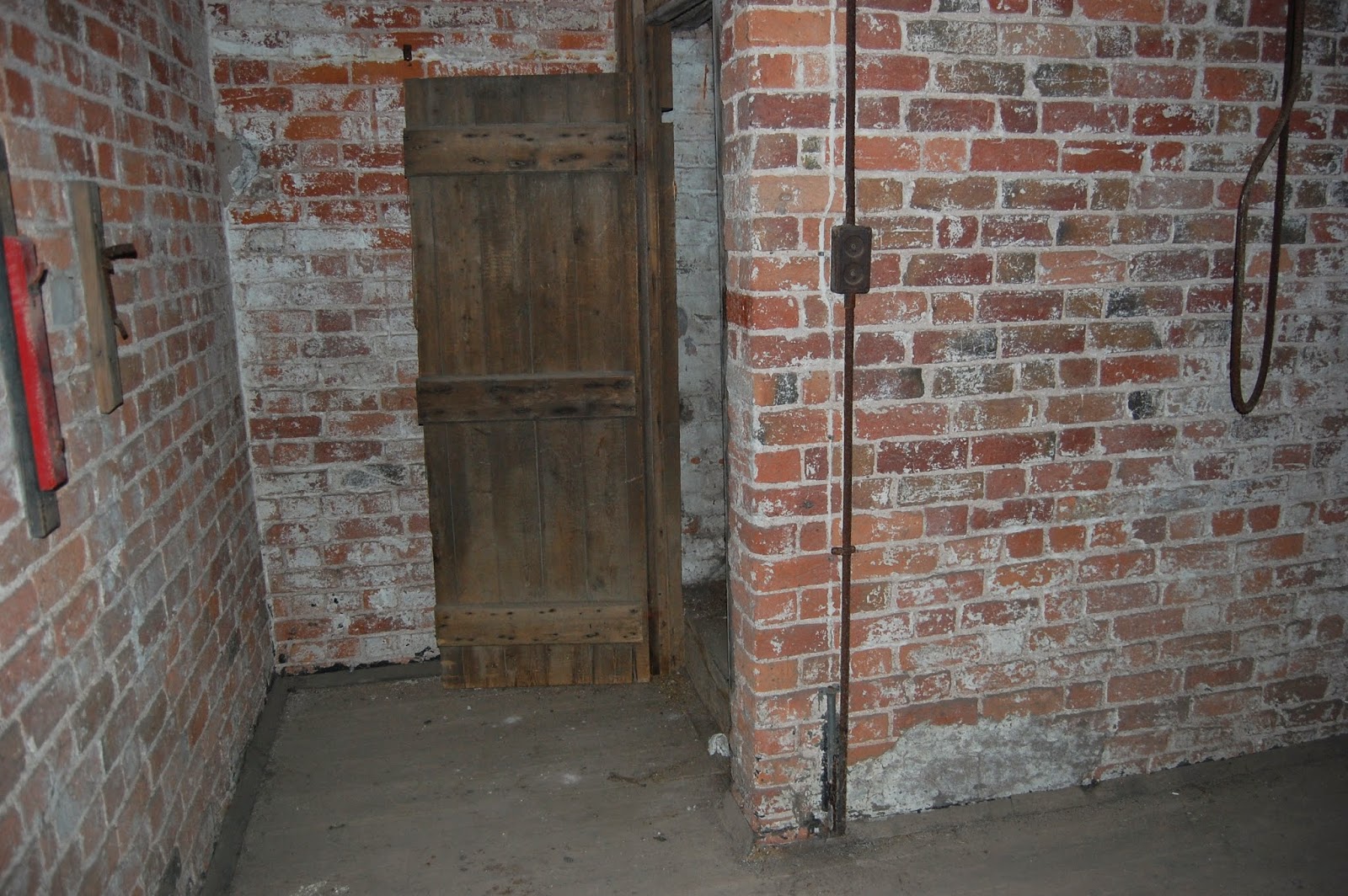


































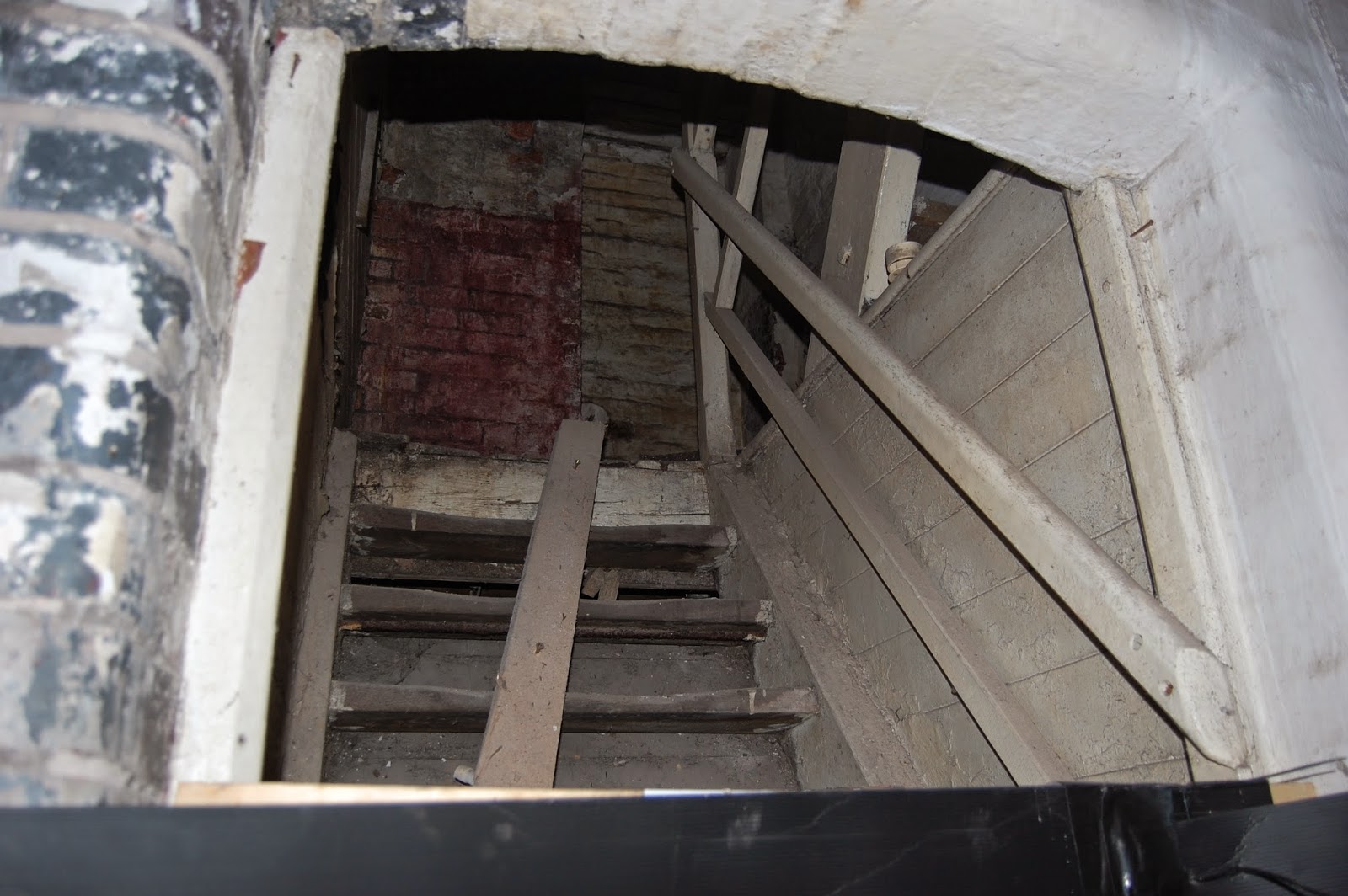









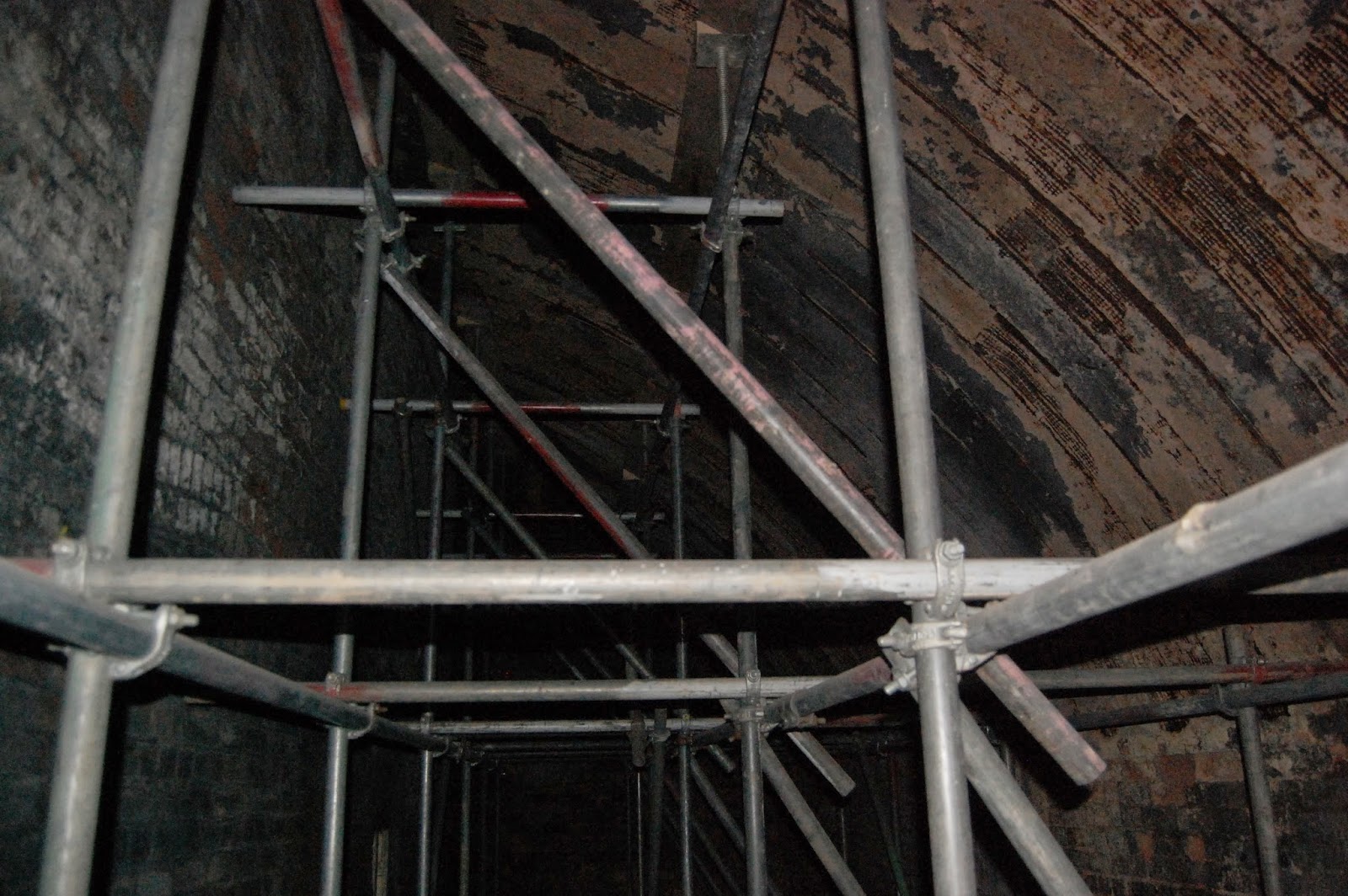








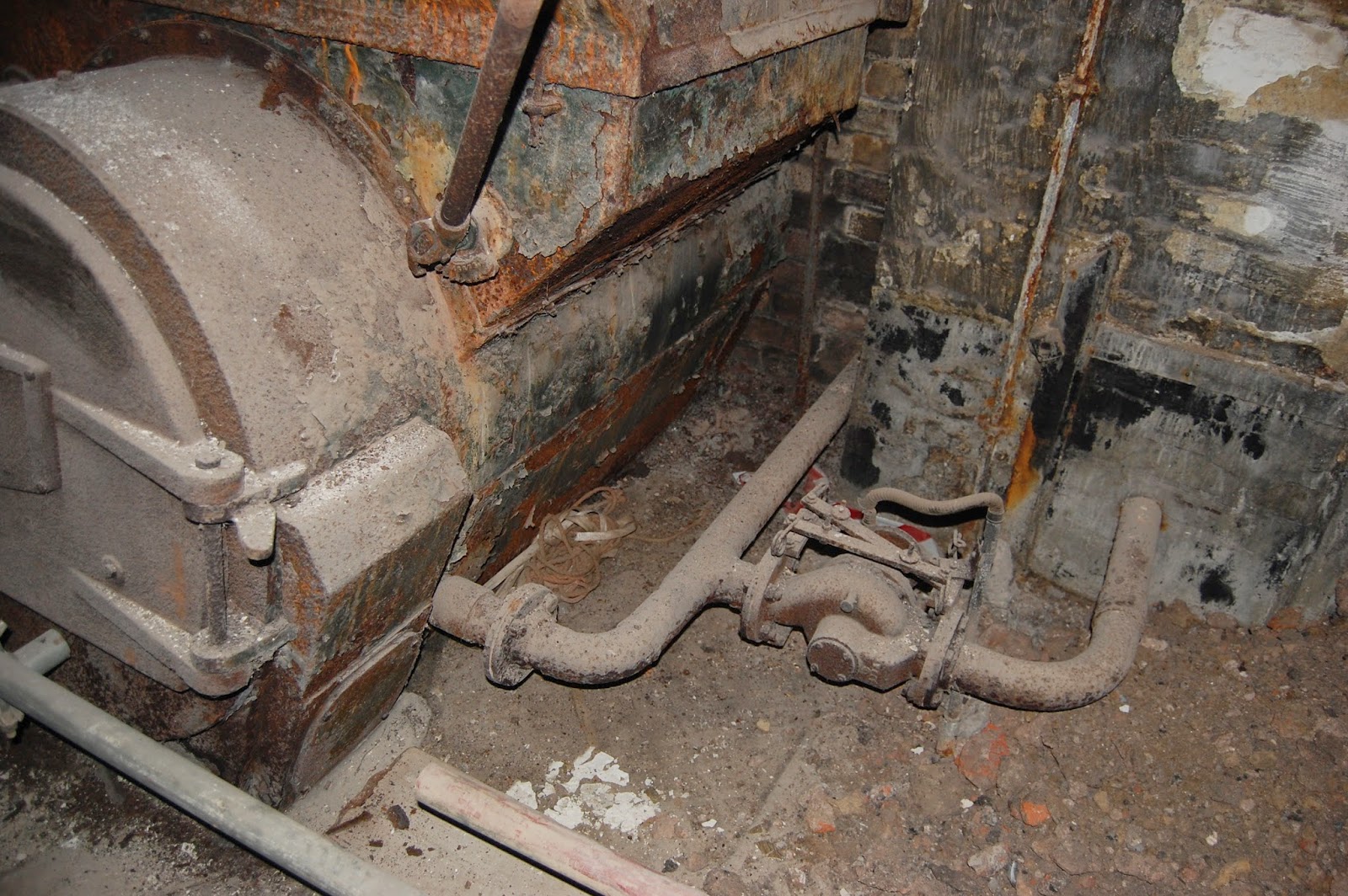



















.JPG)








































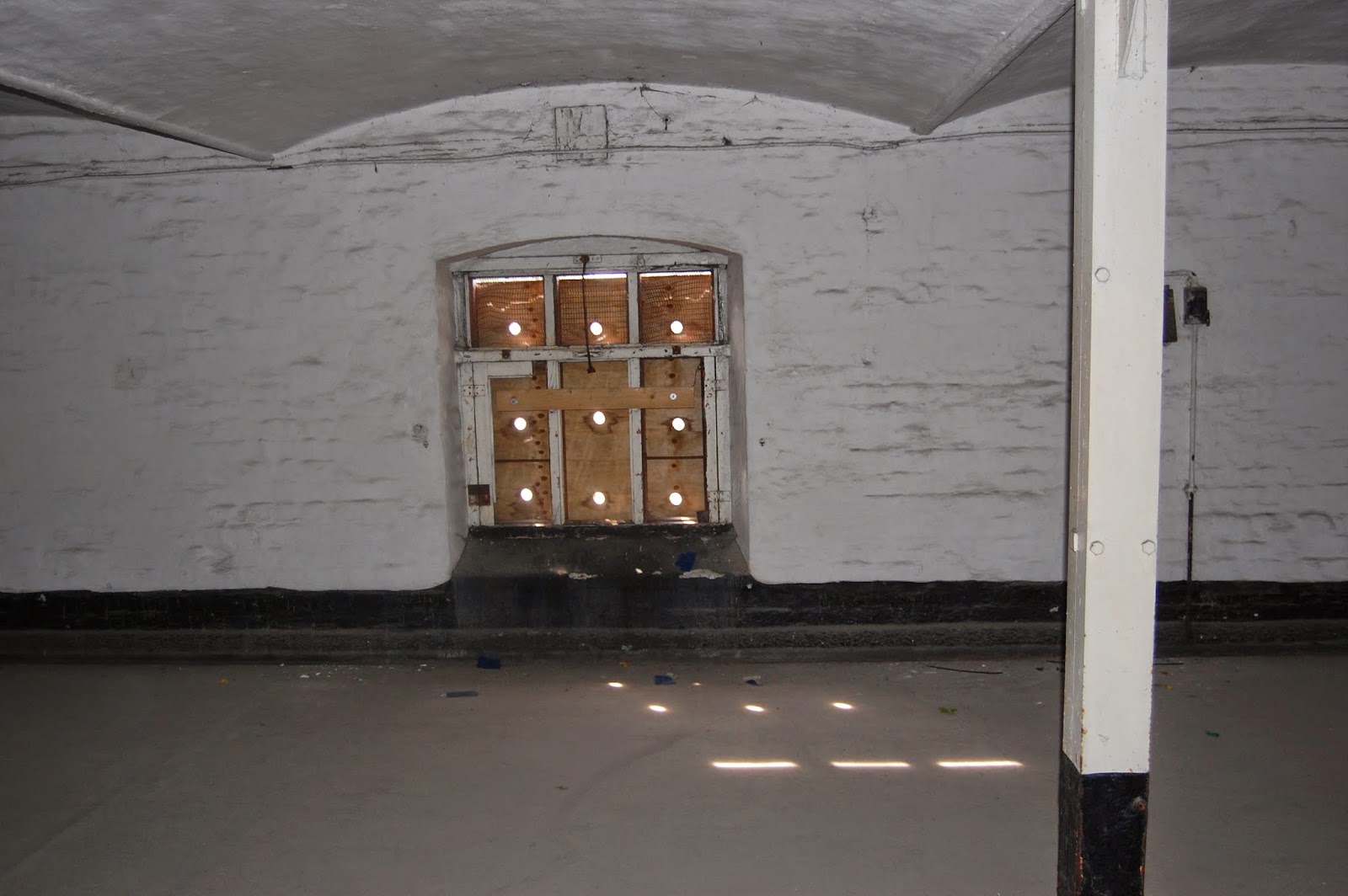










































Did you get into any trouble for being there but they are very interesting to see as a few of my ancestors worked there
ReplyDelete